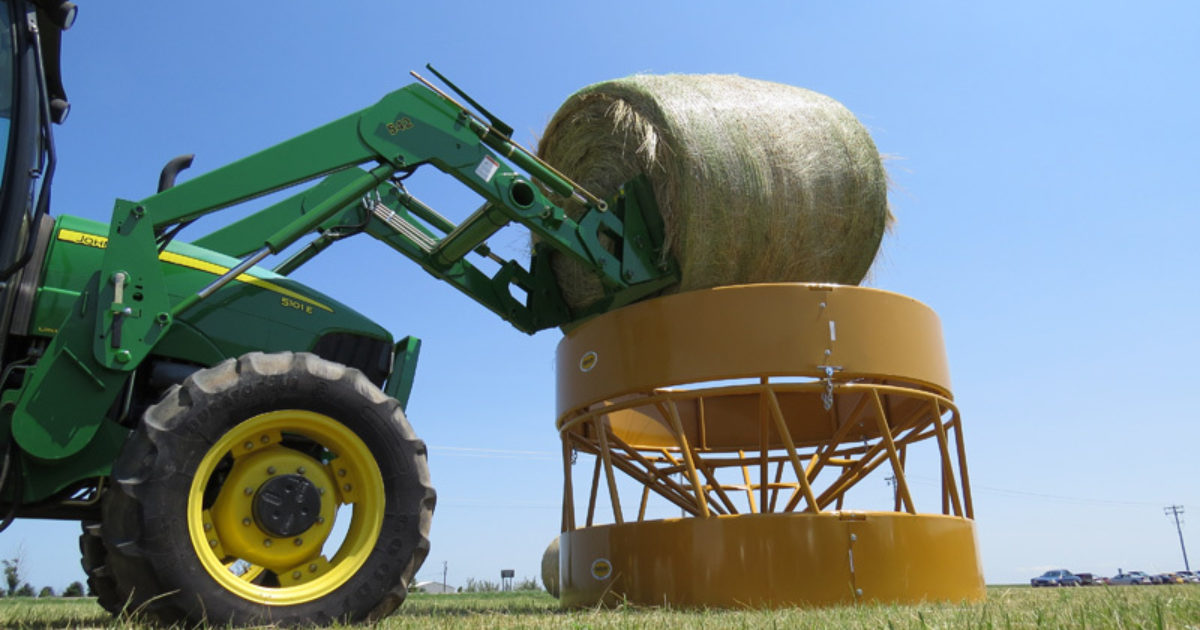

I expect it'll grow pretty good grass next spring. I hauled the muck I cleaned out of there out to fill a hole in the pasture. Most of the waste material was removed with the tractor, I had to do a minimal amount of shovel work in the areas the bucket wouldn't fit. I lifted the front wheels off the ground slightly to put the weight of the tractor on the bucket when doing so, which pretty much kills any steering, so be careful and go slow when doing this. To get rid of the muck I tilted the loader bucket down and did a back drag. Then I needed to build the level of the ground in the loafing area up so the water would be diverted away and the horses would have dry ground to stand on.
Tractor loader install#
So, I finally broke down and took action.įirst project was to install a gutter on the building, which might have taken a couple of hours. Plus, it surely wasn't much fun for the horses to be standing in water when it was cold outside. A combination of a hill that drained into the area and a long roof on the barn with no gutter, it was a disaster for hooves and keeping shoes on. Since back in the fall, it's turned into a mucky mess. Of course, choosing the right tractor can make or break an operation, so it's important you choose the tractor first and foremost.We have a "loafing shed" on the east side of our barn where horses congregate when it's raining. Especially if you have a wide range of jobs to complete on your property or commercial farm.

So, if you're in the market for a tractor, having one that already comes with a front end loader could be highly beneficial and make life much easier. Of course, this isn't always the case, so be careful when looking to add a front end loader to your existing tractor. But, if your current tractor doesn't have a front end loader, don't stress! In some cases you can actually install a front end loader onto your older machines, enabling them to carry out many more tasks than they were originally created for. Their affordability, combined with their versatility, makes tractors with front end loaders a must-have for almost every farm or acreage. There are a huge number of original equipment manufacturers (OEMs) who have their own front end loader designs, some with quick couplers (also known as quick attach) that allow for swift attachment connection in a matter of minutes. When compared to other specialty machines, such as wheel loaders, tractors with front end loaders have a much lower cost while remaining highly versatile. For bale and silage work, attachments such as hydraulic grabs and spikes are essential. This makes all the difference when a job comes up unexpectedly, where the switch of the attachment will help get it done, rather than investing in the purchase or hire of another speciality machine. Turn your tractor into a forklift, a dozer, or a grader with the right attachment. The great thing about tractors with front end loaders is the ability to change out the bucket for another attachment, if required.

These tractors are primarily used for ground maintenance and other landscaping chores, and can be fitted with the traditional dogleg front end loader design or the curved arm design. In saying that, front end loaders are highly popular on compact tractors under 50 HP as well. Front end loaders are a common addition to tractors in the 50 - 200 HP range. Due to their design, they come in handy on commercial farms and large properties, where trenching or other digging work is required. It's no surprise that tractors with front end loaders are highly popular across Australia.


 0 kommentar(er)
0 kommentar(er)
